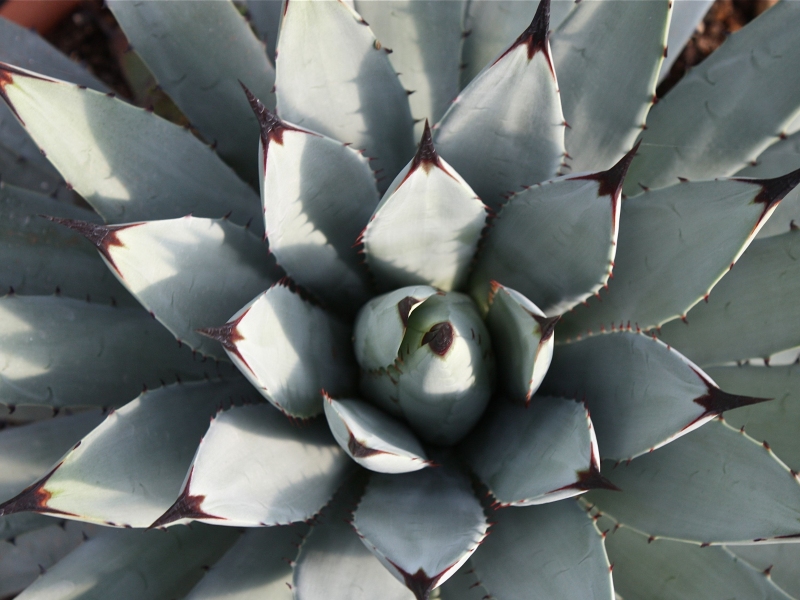

Superb exponent of the Agave genus, slow growing, bushy habit, it’s native to Mexico: when fully developed it can grow 50cm large and a slightly shorter. Leaves, thick and fleshy, narrow and sharp, are numerous and arranged to form a thick rosette; they have, well highlighted with their beautiful glaucous color, both on the edges and at the apex, several showy blackish spines, hence the term species of this agave. The unpredictable flowering is truly majestic and spectacular and probably the name of the genus "Agave" comes from this characteristic, it derives precisely from a Greek term that means "noble or famous": a stem of several meters suddenly sprouts and grows visibly from the heart of the leaves, it has numerous yellow-greenish flowers at the top, followed, after pollination, by fruits full of scaly black seeds or sometimes small seedlings which, detached by the wind, on the ground are able to root and create large new ones colonies of this agave.
The staff of Vivai Capitanio has his own catalogue with all the plants in the store and that grows in our greenhouse. Use this button to download the latest version.
PAper catalogue is available only for professionals. Fill the form to receive it by post: